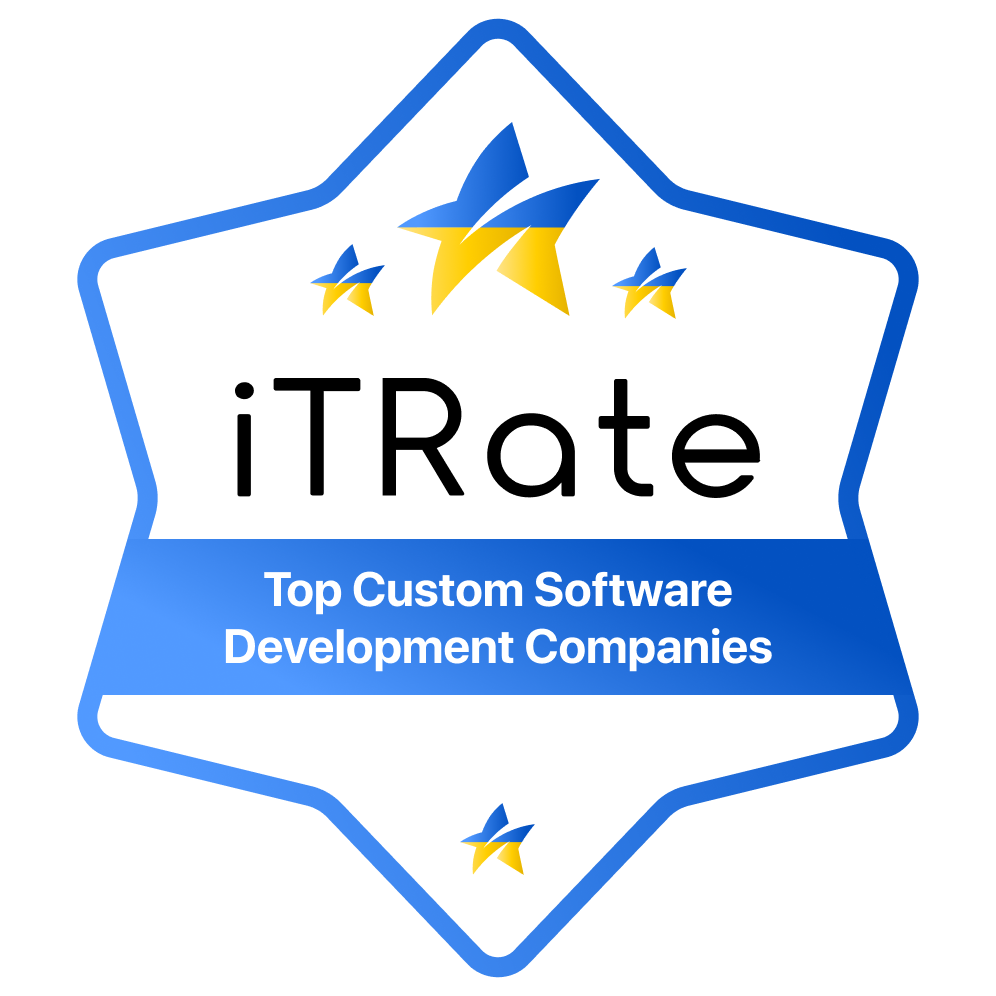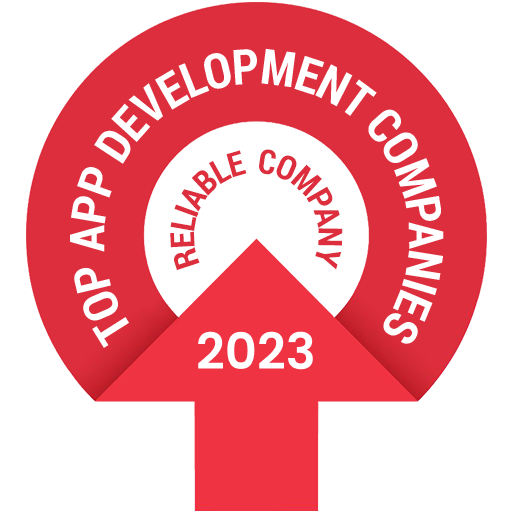Scaling SaaS Architecture
Why this playbook matters
Rapid SaaS growth often exposes brittle architecture, unclear ownership, and operational bottlenecks. This guide equips engineering leaders with practical scorecards, delivery patterns, and enablement plans to scale reliably without pausing feature work.
Throughout the guide you’ll reference the architecture health checklist, incident response maturity model, modernisation roadmap template, and observability workbook. Duplicate these artefacts so you can capture your team’s current state as you read.
Assess your platform health
Start with the architecture health checklist. Score each dimension from 1 (reactive) to 5 (proactive). Capture evidence and owners for every item so you can convert issues into roadmap candidates.
| Dimension | Questions to ask | Signals to review |
|---|---|---|
| Reliability | How quickly do we detect and resolve incidents? Are runbooks up to date? | MTTR, incident volume, runbook accuracy, post-mortem follow-up. |
| Performance | Where do customers experience latency or timeouts? Are SLIs well defined? | APM dashboards, SLO breaches, capacity utilisation. |
| Delivery velocity | How often do we ship? Do releases depend on manual steps? | Deployment frequency, change failure rate, lead time for changes. |
| Security & compliance | Are controls, audits, and data residency requirements met? | Pen-test findings, compliance checklists, access reviews. |
Focus on the lowest-scoring areas first—they represent the biggest risk to sustainable scaling.
Prioritise reliability investments
Use the incident response maturity model to evaluate your on-call posture. For each maturity level, document the behaviours your team currently exhibits and the practices you want to adopt:
- Level 1 – Reactive: Incidents drive ad-hoc fixes. Target outcome – implement incident commander role and post-incident reviews.
- Level 2 – Managed: Defined on-call rotations and runbooks. Target outcome – add structured severity levels, automated paging, and shared status communication.
- Level 3 – Proactive: SLOs and error budgets guide backlog. Target outcome – allocate recurring reliability budget in planning cycles.
Every reliability improvement should have a clear owner, timebox, and expected impact (e.g., reduce MTTR by 30%, cut manual toil by half).
Introduce modern delivery patterns
Upgrade delivery workflows without freezing feature work by iterating through the platform modernisation roadmap template:
- Baseline – Capture current CI/CD tooling, deployment frequency, rollback process, and test coverage.
- Milestones – Plan incremental improvements: blue/green or canary deploys, automated rollbacks, infrastructure-as-code adoption.
- Guardrails – Define change review policies, observability requirements, and change freeze rules for high-risk periods.
Each milestone should be achievable within a quarter and include a communication plan for teams impacted.
Strengthen observability practices
The observability instrumentation workbook helps you audit coverage and plan next steps. Focus on:
- Golden signals – Ensure latency, traffic, errors, and saturation metrics exist for every critical service.
- Structured logging – Standardise fields (request ID, tenant, user ID) to simplify tracing.
- Alert hygiene – Review existing alerts; remove noisy ones and introduce suppression rules.
- Runbook links – Every alert should reference a current runbook so responders know how to act.
Build cross-functional alignment
Reliability and performance work best when product, engineering, and operations share the same scorecard. Use the architecture roadmap template to create a quarterly review that covers:
- Top three reliability risks and mitigation plans.
- Investments required (people, tooling, budget).
- Expected business impact (customer experience, time saved, compliance posture).
- Progress updates from previous commitments.
This keeps stakeholders confident that platform work accelerates—not competes with—product delivery.
Next steps
- Complete the architecture health checklist and share the results with engineering leadership.
- Run the incident response maturity assessment and prioritise one improvement project.
- Populate the platform modernisation roadmap with milestones for the next two quarters.
- Audit observability coverage and define a small backlog to close the biggest gaps.
- Schedule a stakeholder review using the roadmap template to align on investment and expected outcomes.
Scaling sustainably means investing in reliability, delivery, and observability in tandem. With these frameworks and artefacts, you can chart improvements, secure stakeholder buy-in, and keep feature velocity intact.


